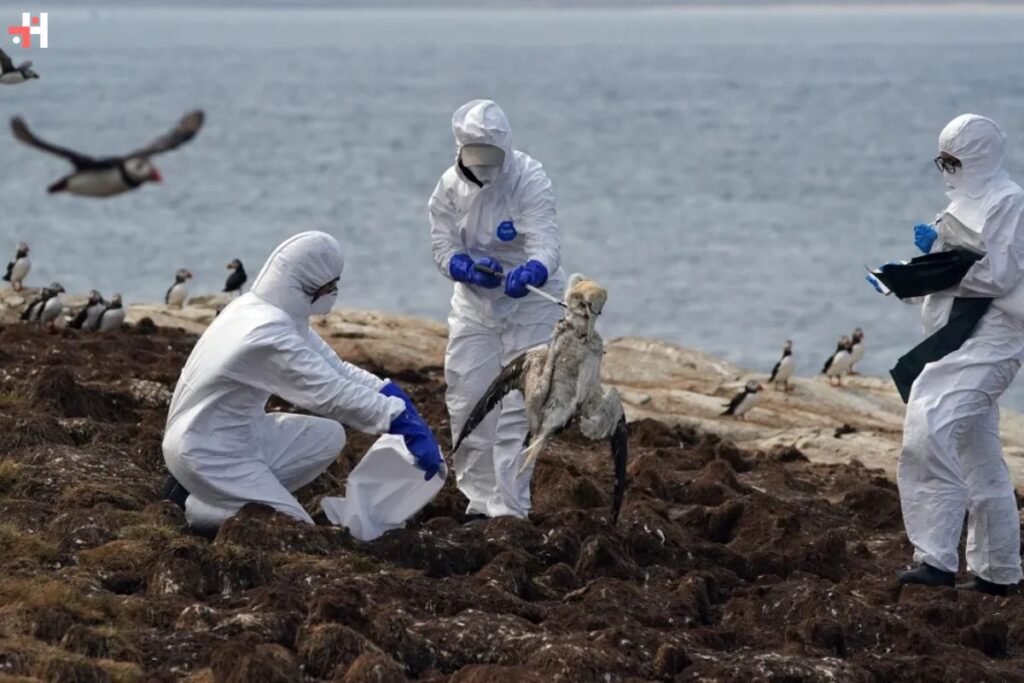(Source-Newsroom)
As a highly pathogenic strain of avian influenza, commonly known as bird flu, spreads across the nation’s farms, scientists are intensifying efforts to assess its potential threat to human health.
Nichola Hill, a researcher at the University of Massachusetts Boston with over a decade of experience studying bird flu, recently confronted her apprehensions about the virus during a field study on Nantucket Island. Surrounded by the aftermath of infected wildlife and contemplating the virus’s potential to jump species, Hill couldn’t shake the feeling of vulnerability.
The Urgency of Research:
With the current outbreak of H5N1, a highly contagious form of bird flu, raising concerns, researchers like Hill are racing to gather vital data. The pressing questions include why human infections are rare despite the virus’s widespread prevalence in animals and what factors could lead to increased human transmission.
Since its arrival on the Atlantic Coast in late 2021, the H5N1 virus has wreaked havoc, causing extensive wildlife casualties and even infiltrating the nation’s dairy industry. Recent findings from the University of Arizona suggest the virus has silently spread through livestock farms since December 2021, heightening concerns about its potential impact on human health.
Mixed Reactions:
While public health officials have attempted to downplay immediate human health risks, some epidemiologists, like Dr. Nahid Bhadelia from Boston University, express apprehension about the government’s slow response. Bhadelia emphasizes the need for increased testing and surveillance to understand the virus’s transmission dynamics and prevent potential human-to-human spread.
The alarming reality of bird flu lies in its ability to infect a wide range of mammalian species. Since its discovery in waterfowl in China in 1996, the virus has spread globally, infecting over 48 mammal species, including domestic animals and wildlife. While human cases remain rare, the mortality rate among infected individuals is high, underscoring the virus’s lethal potential.
Bird Flu Moving Closer to Human Transmission:
The recent case of a farm worker in Texas contracting the virus through contact with an infected cow marks a significant development. Although human-to-human transmission has not been observed, such incidents bring the virus dangerously close to sparking a global pandemic.
Despite the escalating threat, scientists like Hill and her counterparts at Tufts University, Wendy Puryear, and Jonathan Runstadler, are leveraging advanced tools and collaborative efforts to mitigate the risks associated with bird flu. Their work highlights the importance of proactive measures in safeguarding public health against emerging infectious diseases.










